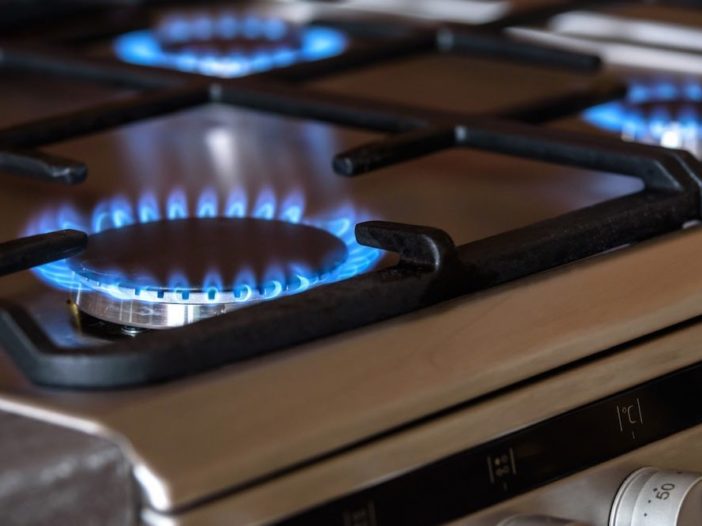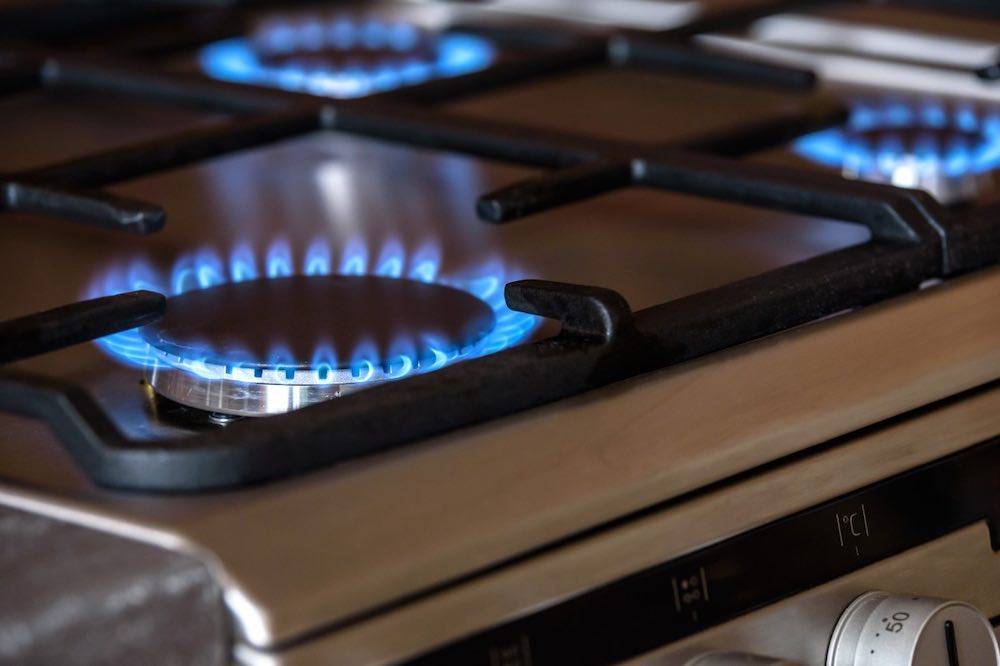
A new report has underscored the size and scope of energy bill savings Victorian households could achieve by going electric – but warns that excluding cooktops from appliance phase-out plans could take a big bite out of potential benefits for consumers and the grid.
The Institute for Energy Economics and Financial Analysis (IEEFA) report also contends that access to state and federal rebates, and subsidies through Victoria’s energy upgrades scheme, can significantly reduce the up-front cost of efficient electric appliances, in some cases making them cheaper than gas appliances.
The Victorian Labor government, which in 2024 introduced a ban on gas network connections to new-build homes, late last year launched consultation on how best to wean the huge chunk of the state’s existing homes off the fossil fuel.
A Building Electrification Regulatory Impact Statement (RIS) put forward three options on how the Gas Substitution Roadmap might proceed, the government’s preferred option being that gas appliances like heaters and hot water systems must be replaced with efficient electric alternatives at end-of-life.
The government is also unlikely to target gas stoves in existing homes, after they were ruled out of the equation in September last year, amid concerns that electric induction cooktops were a financial and logistical bridge too far for consumers.
The IEEFA report, published on Wednesday, analyses the set of regulatory options presented by the Victorian government in the RIS to compare the benefits of each – both to consumers and to the broader market.
The analysis finds that the two options that include a requirement to electrify cooktops would deliver the largest energy bill reduction for households, at $6.3 billion over 10 years for a cost of $3.5 billion.
Excluding existing gas cooktops, however, would reduce savings to households to $5.6 billion over 10 years at a cost of $2.7 billion.
“RIS Options 2 & 4 achieve the equal greatest level of residential electrification, by adding the requirement for gas cooktops to be replaced with an electric alternative at end of life,” the report says.
“After fully electrifying its gas appliances, we assume a household would choose to abolish its gas connection, incurring a one-off upfront cost in exchange for avoiding the need to pay fixed daily gas charges.
“Options 2 & 4 have the highest additional upfront costs – $3,886 … [but] this unlocks higher energy bill savings – $1,326 a year – with a payback period of 2.9 years, the lowest of all options.”
The report also factors in available state and federal rebates and subsidies available through the Victorian Energy Upgrades (VEU) scheme, to challenge the notion that the up-front cost of buying a new electric appliance is prohibitively higher than it would be to opt for the gas alternative.
“Homes that are replacing existing gas appliances may be eligible for much larger rebates under the VEU program,” the report says.
“Those rebates could significantly reduce the cost of the efficient electric appliances, in some cases making them cheaper than gas appliances.”
For example in new homes, IEEFA finds that the appliances in an all-electric new-build would cost about $2,574 more than the equivalent gas appliances, but the household would save about $719 a year on its energy bills, with the additional upfront costs recouped in 3.6 years.
Subsidies for installing efficient heat pump air conditioners under the VEU program, and for heat pump hot water systems under the federal Small-scale Renewable Energy Scheme (SRES) could lower the additional upfront costs to $1,771, recouped in 2.5 years.
“An existing home that switches all of its gas appliances to efficient electric alternatives once they wear out could save over $1,300 per year,” says Jay Gordon, the report’s author and IEEFA’s expert on Australian electricity.
“Efficient electric appliances will normally cost more, with the extra costs being recouped in about three years.
“However, most households will be eligible for government rebates and may find the efficient electric appliances are cheaper than staying with gas.”
An all-appliances approach to electrify existing homes, implemented as soon as possible, would also deliver the biggest benefit to the broader energy market, the report finds, by freeing up more gas for use in grid-scale generation and industrial operations.
IEEFA finds that Options 2, 3 and 4 would have a similar impact on statewide residential gas consumption,
and could constrain gas supply gaps to below 6PJ a year until 2032.
This would be contingent, however, on those regulations starting in 2026, with any benefits significantly degraded if regulations are delayed by as little as one year.
Gordon says this is because prolonging Victoria’s dependence on gas increases the risk of additional network and infrastructure costs being passed on to consumers through higher energy bills.
“Proposed regulations should be implemented in 2026 at the latest, to have the maximum near-term benefits on reducing gas supply gaps,” he says.
“While all of Victoria’s proposed options have net benefits to consumers, our analysis found that electrification of existing homes is necessary to address gas supply gaps, and that households that can fully move away from fossil gas will save the most.”

Sophie is editor of One Step Off The Grid and deputy editor of its sister site, Renew Economy. Sophie has been writing about clean energy for more than a decade.



